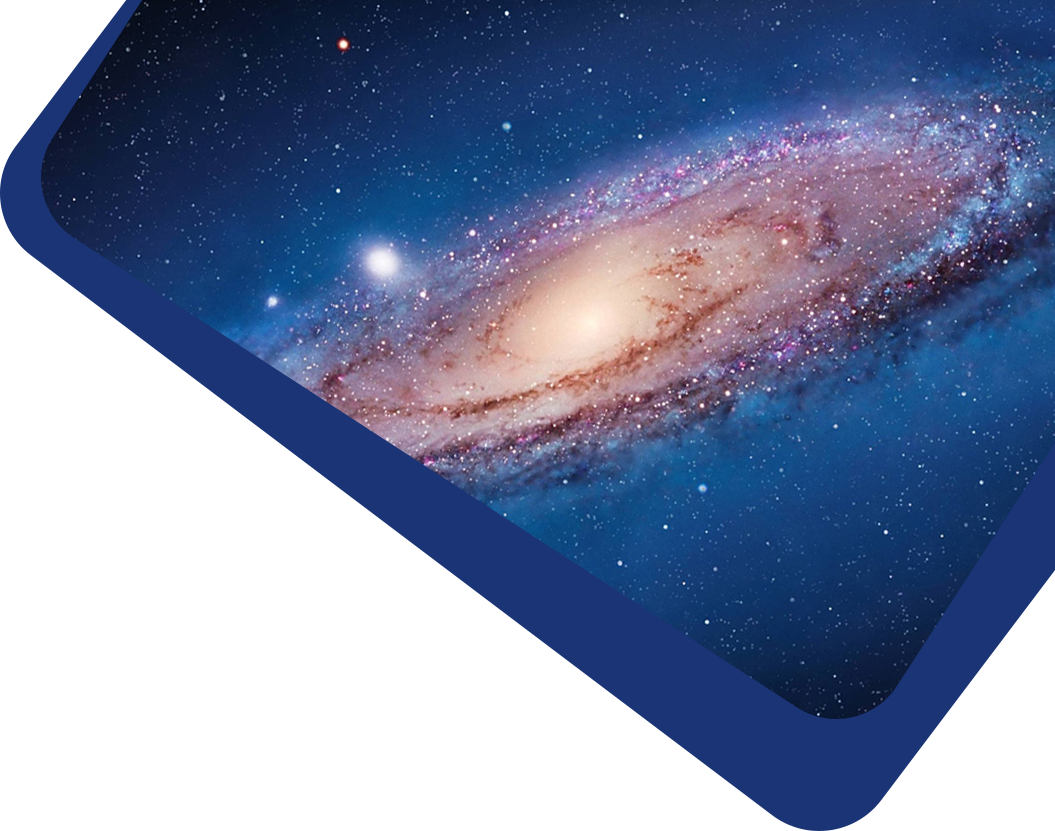To address the disk-halo degeneracy problem, we investigate the nearby barred spiral galaxy NGC 1097. We construct mass models using 3.6 and 4.5 μm near-infrared photometric images from the S4G survey, constrained by rotation curves derived from CO(J = 2–1) data from the PHANGS-ALMA survey. These models serve as inputs for a suite of hydrodynamic simulations, where we systematically test the influence of key parameters including the disk mass scaling factor (fM), bar pattern speed (Ωb), and gas sound speed (cs). By comparing the CO(2–1) kinematic maps in the bar region with those from the simulations, we perform a standard χ2 analysis to identify the best-fit model. The best-fit model reproduces the observed morphological and kinematic gas features of the galaxy, indicating that NGC 1097 likely hosts a maximal disk with a slowly rotating bar. We also test the influence of a boxy/peanut-shaped (B/P) bulge by incorporating a double-peaked vertical density profile into the model. This B/P structure tends to weaken the bar's non-axisymmetric potential and necessitate a higher bar pattern speed to reproduce the observed gas morphology.



